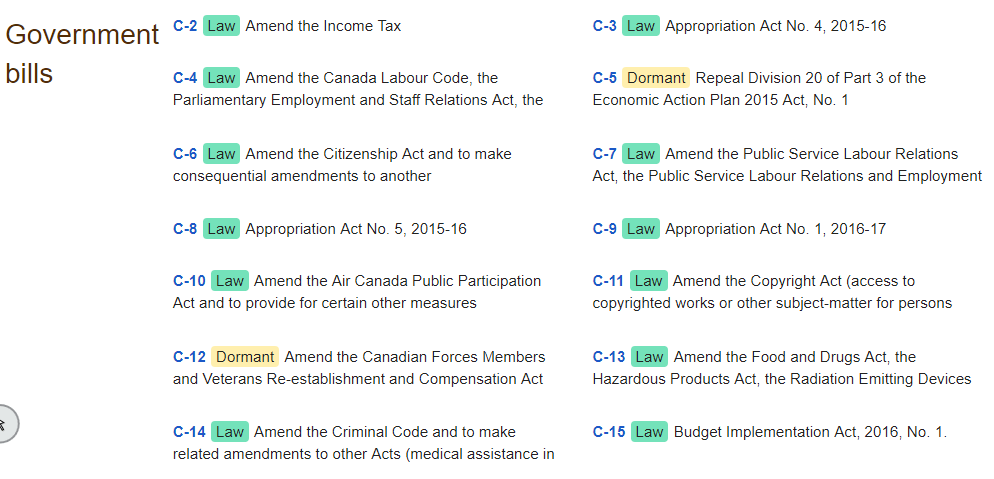ELA B10 A1 Visual and Non-Visual Minorities – what would it be like?
Pros and Cons of being either a Visual or Non-visual Minority in society (*developed by a previous group of students)
Non-visual: when there is a quality of your being that people cannot visually recognize or notice, but that might cause some people to see or treat you differently. (Ex: religion not including features that are visually noticeable (like being Jewish), sexual orientation (could be same-sex oriented without people knowing your personal feelings/attractions), mental disability, race (some people may be of a race group without distinguishing features, like fair-skinned Metis)
pros:
- if your minority identity is hidden, you can’t be discriminated against so easily
- you could choose to hide the part of your identity you fear people wouldn’t accept, and feel a sense of being safe
- if you eventually choose to reveal your whole self to others, that acceptance, if gained, means so much more
- you have a chance to build up relationships that you may not otherwise have if they knew some private qualities of yourself (like a Jewish faith or same-sex attraction)
- it is your choice to disclose parts of yourself – you have some control of who knows and when they know
- it could free you to be yourself openly among others without people judging you
cons:
- you’d maybe always have a worry that it would be discovered; you’d have the hurt and lose after and existing relationships may change
- you wouldn’t ever really know if you were truly accepted, if those around you didn’t know a private part of your identity
- you would always be withholding or protecting a part of yourself from others
- there is the fear of that discovery moment, repeated over and over again throughout your life, if you kept part of yourself from others
- your potential membership in a community of people you have things in common with would potentially be hidden; you wouldn’t get to know people who could support you because you wouldn’t know of each other
- could hear insults related to your identity from those around, maybe even friends, without them knowing it hurts you (ex: David hearing his friends make Jew jokes)
- over time, it could become a toxic environment you’re in, where you silently endure and struggle with your sense of acceptance
- could end up perpetually hiding part of your true identity; repressing it (same-sex identity)
Visual minority: when there is a quality of your identity that can visually be recognized (and potentially judged in society) Examples: sex ( male or female), physical or mental disability (blindness, wheel chair-bound), religion (with religious clothing like a nicab or turban), race (some people of a different racial group may be recognized while others may not, depending on their features)
pros:
- if your quality if visual, people around you would likely know they’re targetting you with insults, rather than make jokes that relate to you without them knowing it
- you may accept yourself sooner – live life being yourself, your whole self
- first impressions made would filter out the people you would want in your life or not; they either accept you or not
- people would see you as you are, so if someone doesn’t accept you there wasn’t an attachment making it more disappointing a loss
- you would be able to be part of a group or community of people who share your qualities (ex: community of believers in the same religion)
Cons:
- people may think they know you, based on assumptions or stereotypes (face criticism or harsh treatment, like targetted comments to hurt you)
- you don’t have a choice to hide parts of yourself from those who would be unaccepting of you. (Ex: “Shopping While Black” behaviour – negative bias of shop workers towards people shopping based on prejudice)
- you might have a hard time developing relationships, because people may judge you or you might feel self-conscious that they might be less accepting
- you might feel/face exclusion, feeling left out of groups
- may have a greater sense of of isolation, feeling on the outside
- there’s the mental process a child has to go through when discovering or slowly understanding why people may see them differently, despite of who they actually are


